Lions belong to the Panthera genus, a group of big cats that also includes tigers, leopards, jaguars, and snow leopards. The lion, tiger, leopard and jaguar are the only cats in the world that can roar, thanks to a special flexible bone in their throat called the hyoid bone. Scientists believe the Panthera family started about 10 to 11 million years ago.
Lion Origins – Where they Came From
The Panthera lineage likely began in Asia, in places like what’s now China or Tibet. Fossils and studies show that this area had forests, mountains, and wide-open spaces millions of years ago—perfect for big cats to hunt and grow. Over time, these cats spread out across the world, reaching Africa, Europe, and even the Americas. It all started with small wild cats that slowly turned into the powerful hunters we know today.
The First Panthera Felines
The earliest Panthera cats weren’t exactly like the ones we see now. They evolved from smaller cats into bigger, stronger predators. One of the first known members was Panthera blytheae, a cat found in fossils from Tibet dating back 4 to 6 million years ago. This cat was smaller than modern lions or tigers—about the size of a snow leopard—with sharp teeth and strong jaws for catching prey. These early cats had powerful legs for chasing or pouncing, sharp claws to grab animals, and big, pointy canine teeth for biting. They were built to sneak through tall grass or climb rocky hills, hunting things like deer or antelope.
Around 3 to 4 million years ago, another cat called Panthera palaeosinensis showed up in China. It wasn’t a true lion or tiger yet, but it might have been an early step toward those bigger cats. This shows how the Panthera family was growing and changing over millions of years.
How Panthera Wild Cats Changed Over Time
As time passed, the Panthera family split into different branches. Some cats got bigger and stronger, like the ancestors of lions and tigers. Others adapted to special places—leopards started hiding in trees, and jaguars learned to swim in rivers. They all came from that same starting point in Asia, but each one turned into something unique depending on where they lived and what they needed to survive. That roaring ability they all share? It probably evolved to help them talk to each other across wide spaces, and it stuck with them as they spread out.
The Lion’s Direct Ancestors
By about 1.8 million years ago, during the Pleistocene epoch (a time when the Earth was cooler and grassy plains were spreading), the lion’s direct ancestors appeared. These early lions popped up in East Africa, and fossils show they were already big and strong, likely hunting in groups like modern lions do. They weren’t quite the lions we know today—no big manes yet—but they were a rough draft of the species.
Lions didn’t stay in one place. By 1.2 million years ago, early lions called Panthera leo fossilis had spread to Europe and Asia. These cats were huge—up to 25% bigger than today’s lions—with bones found in places like Germany and Siberia. They were tough hunters taking on big prey in a changing world.
Prehistoric Lions Around the World
Lions used to live all over. Fossils of prehistoric lions have been found across Europe, Asia, and Africa—way more places than the sub-Saharan Africa and India’s Gir Forest where they live now. One famous prehistoric lion was Panthera leo spelaea, or the cave lion. It roamed Europe and northern Asia during the last Ice Age, from about 370,000 to 10,000 years ago. Cave lions were bigger than modern lions and had thick fur for the cold. Cave paintings, like those in France from 30,000 years ago, show them without big manes, so they might have looked a little different.
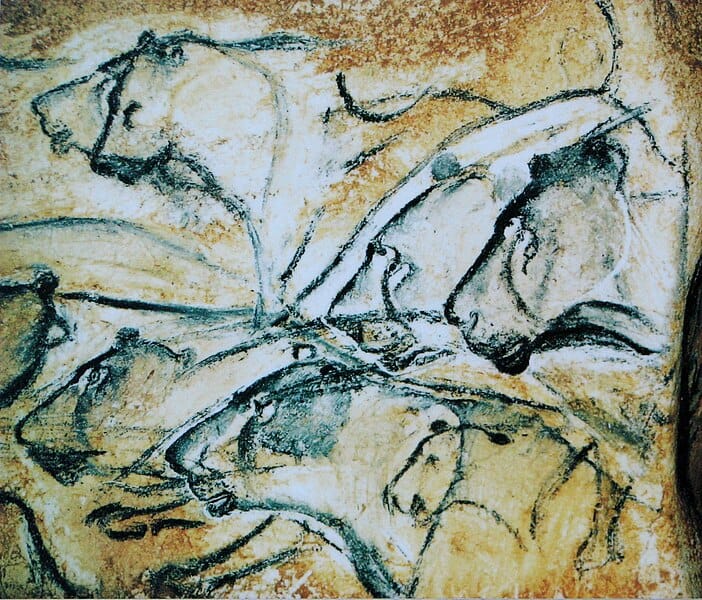
Across the ocean, there was also Panthera leo atrox, the American lion. This giant lived in North America from about 340,000 to 11,000 years ago. It was possibly the biggest lion ever, weighing up to 700 pounds—way more than the 400-pound lions today! It hunted huge animals like bison and horses until it went extinct when the Ice Age ended.
Lions Today
Modern lions (Panthera leo) are mostly found in sub-Saharan Africa, with a tiny group in India’s Gir Forest. But just 10,000 years ago, they were still all over Africa, southern Europe, and parts of Asia. Climate changes and humans hunting them shrank their range over time. Today’s lions are the last chapter of a long story that started with those early Panthera cats in Asia millions of years ago.
The Big Picture
The evolution of the lion is an incredible tale of how small cats turned into some of the fiercest predators on Earth. From Panthera blytheae in Tibet, to giant cave lions and American lions ruling the Ice Age, to the lions we see lounging on the savanna today.
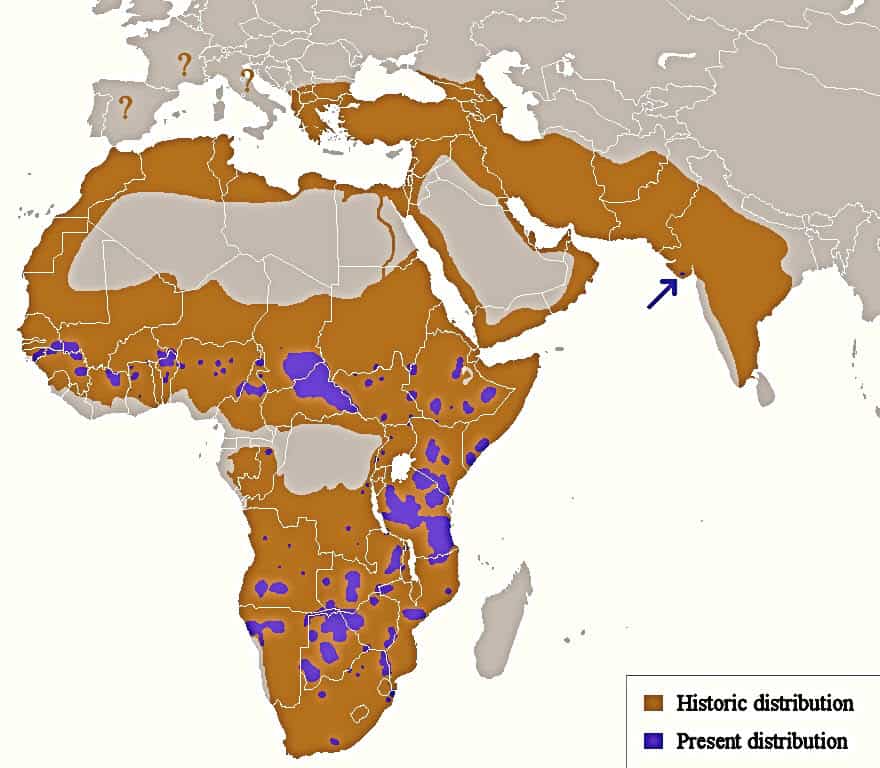
A map showing the historice and current location of lions in Africa and Asia.
Map Source: Tommyknocker, Public domain, via Wikimedia Commons
References
- “Lion Evolution,” Smithsonian National Museum of Natural History, https://naturalhistory.si.edu.
- A. K. Benda, “Cave Art and Prehistoric Lions,” Archaeological Review, (2022).

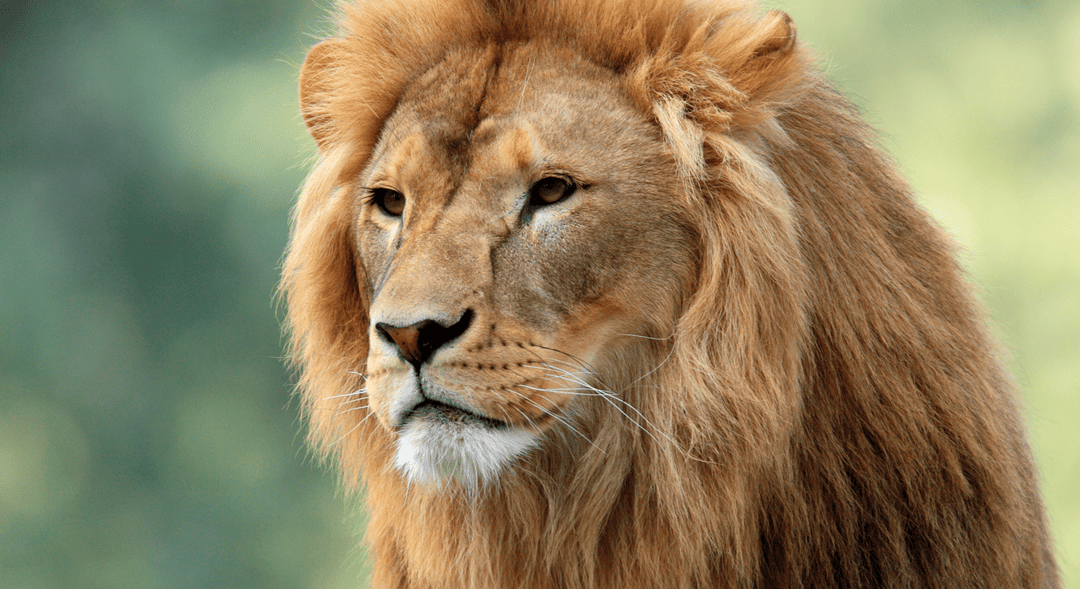
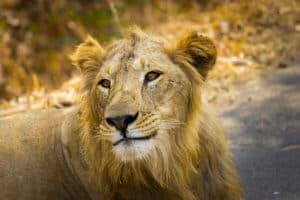
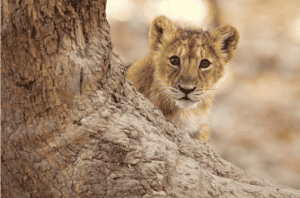
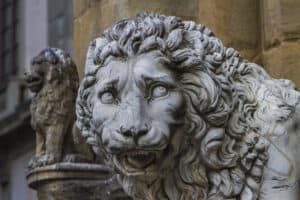
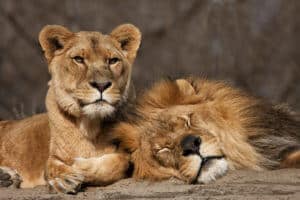
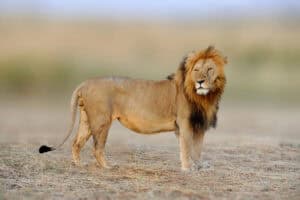

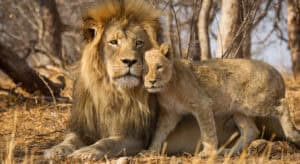
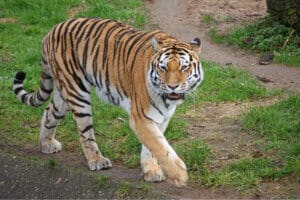
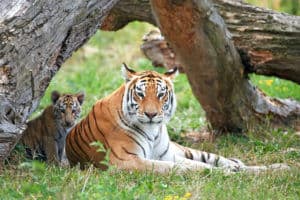
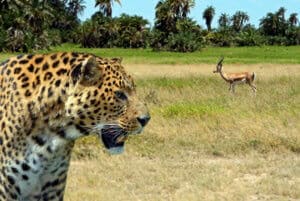

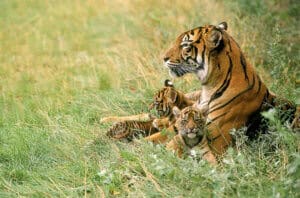
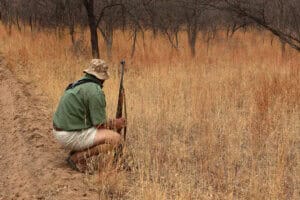
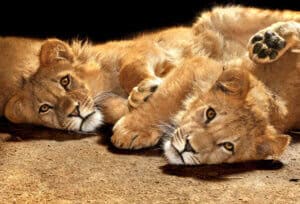
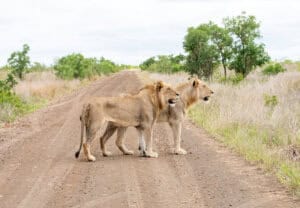



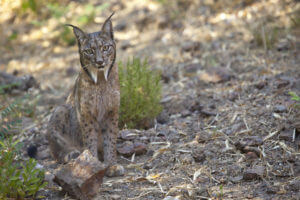
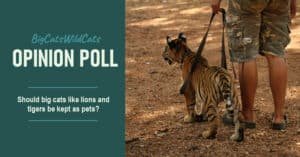
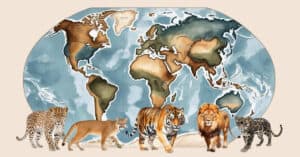
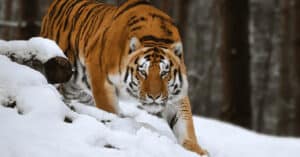
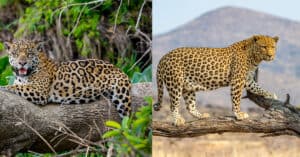
There are many organizations and individuals working to prevent that from happening. Thank you for your interest and support!
Yes, we agree!
It’s good story indeed.They’re crucial for controlling the ecosystems we should protect and preserve them.
Thank you for your feedback and great suggestion! I’m glad you enjoyed the article and found the story compelling. You’re absolutely right—understanding big cat behavior would be an interesting article.
We agree! They are amazing animals that deserve our protection and preservation.
Thank you so much for your kind words and thoughtful comment! I’m glad you found the piece engaging and well-constructed. I completely agree—lions and all majestic big and wild cats deserve a thriving future. There are many lion conservation groups working hard to achieve this goal.
“The origins of big cats”. It is a good story. Could one draw a take away that offers a practical application, for example, “what to do if one encounters a big cat in the wild?” Now, you are the one who would possibly become extinct! Teach us about the cat psychology and how to understand their behavior in the wild. That would be useful information.
I wish big cats will not go extinct 😞
This was a good read, very interesting and engaging. It’s well constructed too, well done. I just hope this isn’t the last chapter of lions, all majestic beasts deserve better.